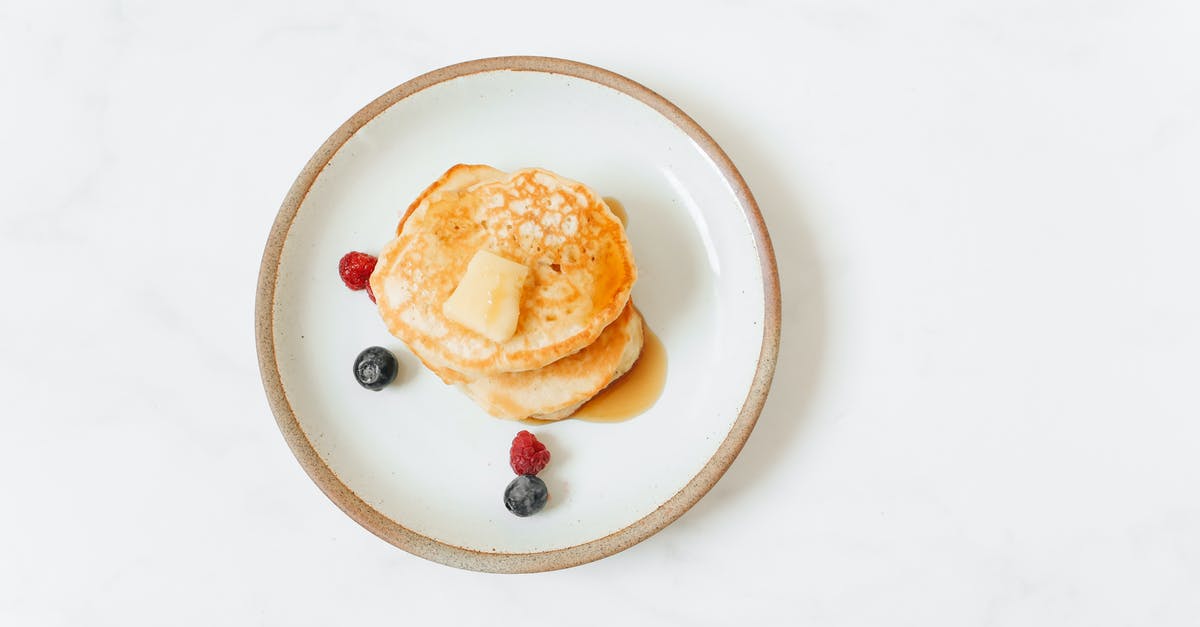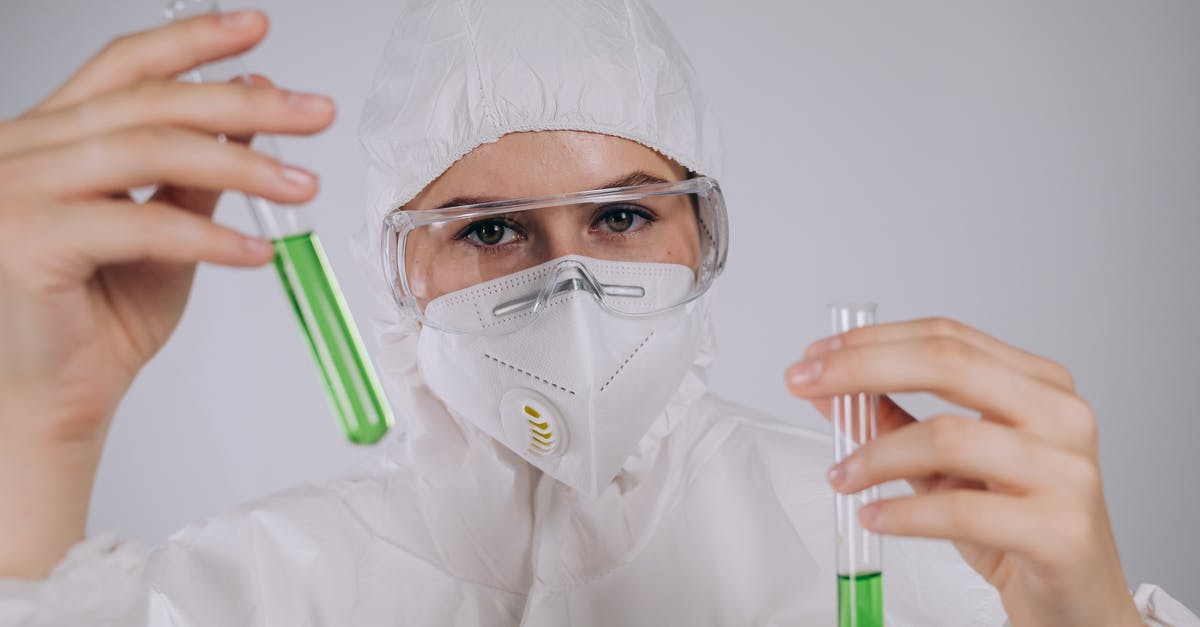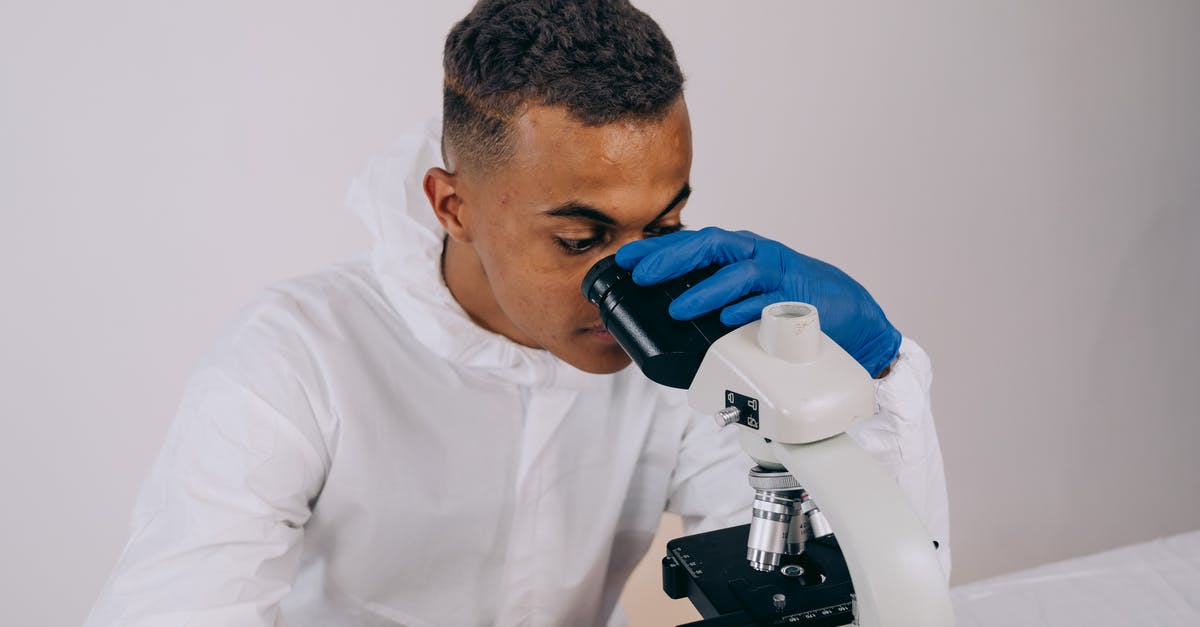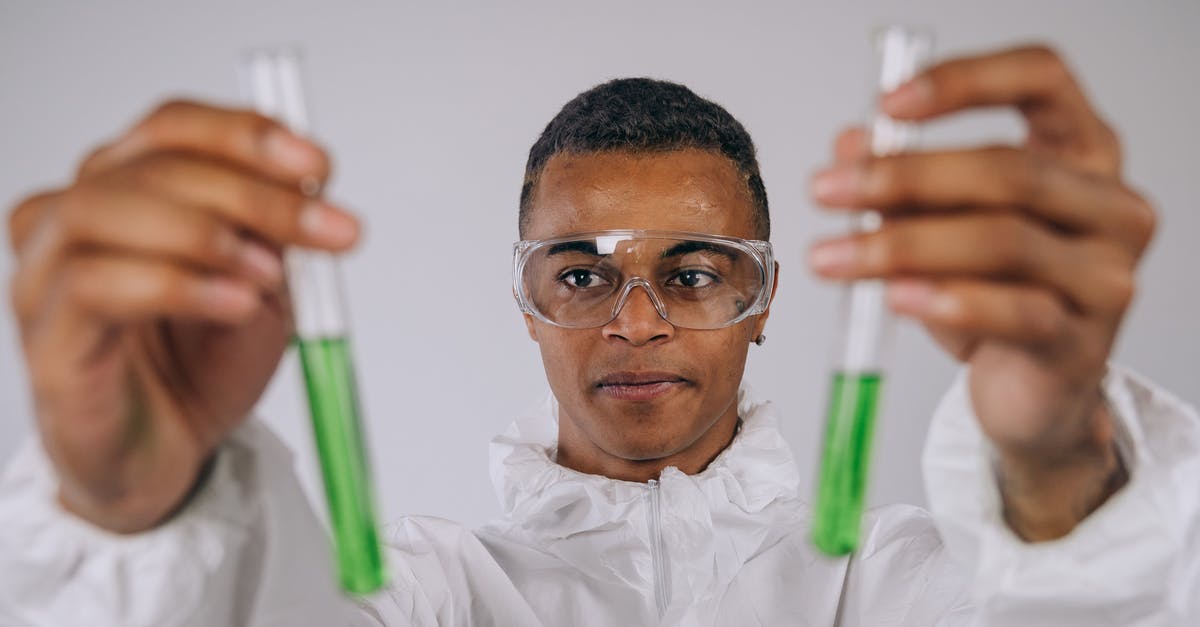Chemistry of maple butter

I've recently tried to make maple butter with the following recipe:
- Heat maple syrup to about 110 - 115°C
- Cool to about 20°C (by putting the pot in an ice/water bath)
- Stir manually for 20-30mins
I have the following questions:
- Most of the recipes that I've seen warned that you have to keep it as still as possible during cooling...otherwise the result will be grainy. Why? (I'm guessing the "grains" would be sugar crystals?)
- What is the chemical transformation taking place here? Why is the result "creamy" (and only after lots of stirring)? My best guess is that the sugar is crystallizing...and by stirring it, you're keeping the crystals tiny (preventing them from forming larger masses)?
- Why do these precise temperatures start the change (115°C heat, then cool <40°C)? I've tried it twice, and both times I must have taken it off the heat just before reaching the right temperature...it stayed very thin after cooling, and didn't change with stirring (but worked after re-heating to the right temperature).
- Many recipes say to use light maple syrup (not dark). Why? I tried it with Amber and it came out fine...
Best Answer
- You are correct. The graininess that occurs if you agitate the candy while it cools comes from sugar crystals.
- You are correct again. The stirring creates crystals, which are what causes the change in texture. Stirring at this point in time in particular ensures that they are micro-crystals (too small for the human tongue to feel) rather than big grainy crystals.
- The high and low temperature are needed to remove enough water from the syrup so that the cooled liquid is super-saturated with dissolved sugar.
Here is the nerdy, science-y explanation. When you heat sugar + water to a high temperature you are first dissolving all the sugar crystals (maple syrup's sugars are all already dissolved at room temperature), then creating a more and more saturated solution. The higher you take the solution above 100°C, the more saturated the solution gets. Then by cooling without agitation to a lower temperature, you are create a super-saturated solution. A super-saturated solution is an essential step in these types of candies (the same basic technique is used for fudge and fondant as well as maple creams).
At the point where you have the solution cooled down enough for it to be super-saturated, that is when you need to start agitating it. This agitation allows crystals to start forming, but as you guessed in your second question, it also prevents them from getting too large. The precise temperatures used also contribute to the final possible crystal size. This candy is ultimately going to be made of micro-crystals suspended in syrup. If you don't heat it high enough to begin with, the solution won't be saturated enough and the crystals will just dissolve back into the syrup. If you don't cool it enough before starting to beat it, the instability before the solution is super-saturated will cause larger crystals to precipitate out of the solution, causing the graininess (like how rock candy works, but at a much smaller scale).
While I haven't made this recipe before, I suspect that because the end result of this recipe is still liquid, that you could wait until it's even cooler before beating it. I am also pretty certain that if you did cool it for longer, that the whole "beat manually for 20 minutes" step could be replaced with a quick spin in the food processor (if you have one). By comparison, fondant is traditionally made in a similar way by cooling on a marble slab and then agitating it manually. This method that uses a food processor gives identical result (or better, to be honest) with much less physical effort. I suspect your maple butter recipe could have a similar labor-saving update made to it. The one thing you don't want to mess around with is not heating it enough initially, which you've already found by testing, or not cooling it enough before starting to agitate.
- The grade of maple syrup has nothing to do with this crystal formation. I can only guess on this specification in the recipe, and my guess is that because the boiling will concentrate the flavor, they suggest starting with a lighter syrup so the end result won't be too dark. I also use amber grade in the boiled maple candies I make, with no issues. I've personally never thought that "too maple-y" could be a problem.
Reference: Chocolates and Confections by Peter J. Greweling.
Pictures about "Chemistry of maple butter"



What is maple butter made of?
Maple butter, also known as maple cream or maple spread, is a confection made from maple syrup, by heating the syrup to approximately 112 \xb0C (234 \xb0F), cooling it to around 52 \xb0C (126 \xb0F), and beating it until it reaches a smooth consistency.What is the chemical compound of maple syrup?
Concentrations were not reported in this study. In two independent studies, Morselli (1975b) and Anon (1984) showed that maple syrup consists essentially of sucrose (~66%), with small amounts of glucose (0.7%), fructose (0.4%) and trace levels of oligosaccharides, organic acids, amino acids and vitamins.Why is my maple butter grainy?
Gritty or grainy maple cream is usually caused by under cooking and/or stirring before it is cooled. I always cook to 235 degrees then put in freezer for the night. The next day,I pull it out and let it warm to room temp, then stir.Is maple butter healthy?
If you're eating something that could benefit from a touch of maple, go for it! By using maple butter, not only will you elevate your meals and give them that je ne sais quoi, but you will also have the satisfaction of choosing a 1-ingredient sugar spread, packed with vitamins and minerals.Sources: Stack Exchange - This article follows the attribution requirements of Stack Exchange and is licensed under CC BY-SA 3.0.
Images: Polina Tankilevitch, Mikhail Nilov, Mikhail Nilov, Mikhail Nilov
